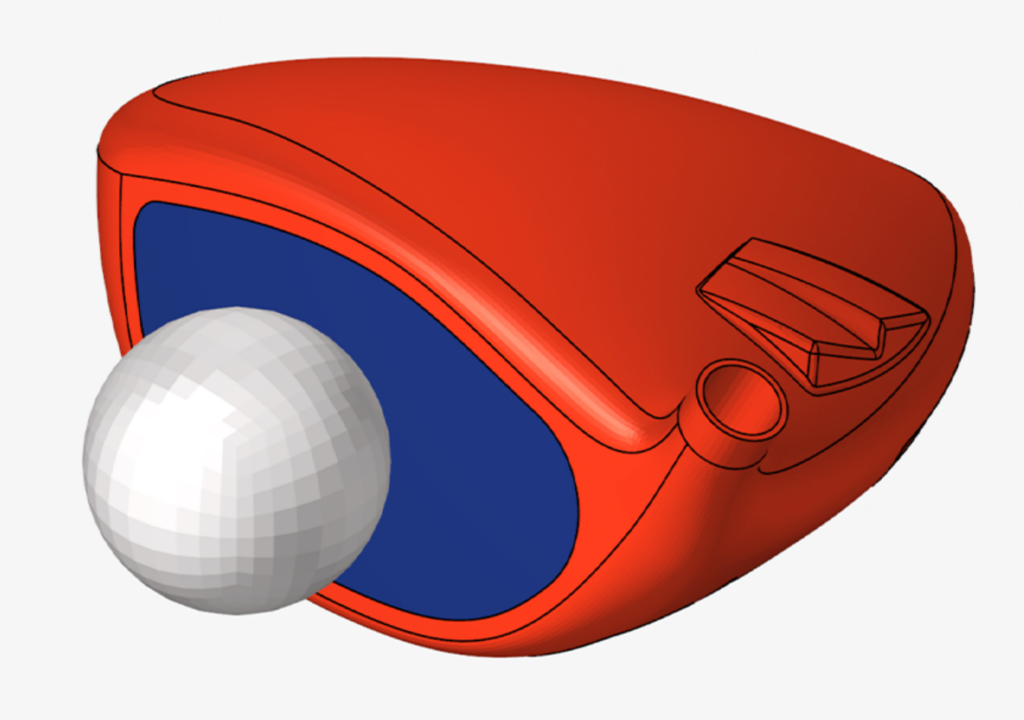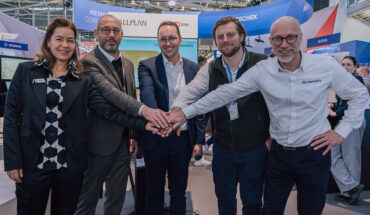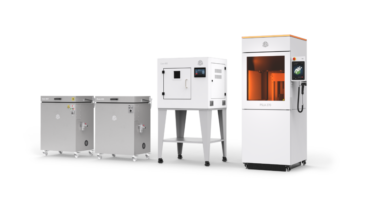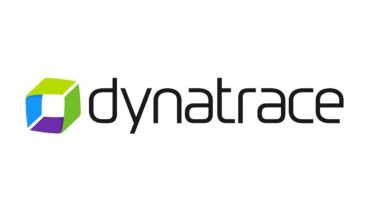CAE software developers are already adopting the new Omniverse reference workflow, plus more simulation news.
Nvidia launches Omniverse Blueprint for real-time digital twins
Nvidia has announced an Omniverse Blueprint for real-time CAE digital twins for aerospace, automotive and other industries.
“Omniverse Blueprints are reference pipelines that connect Nvidia Omniverse with AI technologies, enabling leading CAE software developers to build groundbreaking digital twin workflows that will transform industrial digitalization, from design and manufacturing to operations, for the world’s largest industries,” said Nvidia CEO Jensen Huang in the company’s press release.

One early adopter of the new reference workflow is Luminary Cloud, which used it to demonstrate a virtual wind tunnel at SC24, the supercomputing conference taking place this week in Atlanta, Georgia. Other developers exploring the Omniverse Blueprint include Ansys, Altair, Beyond Math, Cadence, Hexagon, Neural Concept, Rescale, Siemens, SimScale and Trane Technologies, according to Nvidia.
Ansys and IonQ partner to integrate quantum computing and CAE
Quantum computing continued its entanglement with simulation as Ansys and IonQ announced a partnership to integrate quantum into the $10 billion CAE industry. The companies are betting that quantum-based simulation will allow faster runtimes and higher fidelity design exploration for quantum experts and non-experts alike, according to Ansys’s press release.
“We are excited to work with IonQ to create a new generation of quantum-based solvers that could simultaneously increase predictive accuracy and expedite simulation run time,” said Prith Banerjee, chief technology officer at Ansys, in the press release. “We believe that quantum computing holds tremendous benefit for the CAE market, and IonQ’s technology excels at offering solutions to complex simulation challenges that were previously out of reach for classical computers.”
VI-grade reduces driving simulator latency with AI
VI-grade announced a new AI-based compensation algorithm that it says will enhance the accuracy of its driving simulators. Called VI-ZeroLatency, the new algorithm is part of VI-DriveSim and integrates with VI-CarRealTime, VI-WorldSim, VI-SimSound and VI-MotionCueing.

“By integrating artificial intelligence, VI-ZeroLatency takes our simulation solutions to the next level, eliminating noticeable delays and bringing our simulators closer to zero latency,” said Guido Bairati, Managing Director at VI-grade, in the company’s press release.
Altair partners with Cleveland Golf
Fore! Altair announced that it collaborated with golf equipment manufacturer Cleveland Golf to design the new HiBore XL Driver. Cleveland Golf used Altair’s HyperWorks simulation platform to evaluate and optimize driver designs, according to an Altair press release. In particular, the manufacturer used a custom ribbing optimization process to increase the HiBore XL’s stiffness while reducing its weight.

“Technologies like simulation, artificial intelligence (AI), data analytics, and digital twin are opening a new world of possibilities for sports equipment manufacturers,” said Altair’s chief technology officer Som Mahalingam in the press release. “Altair is excited to see how leading manufacturers like Cleveland Golf can use these tools to transform the way professionals and nonprofessionals alike play their favorite sports.”
Moving from sports to space, Altair also announced that it’s partnering with the European Space Agency (ESA) through the ESA Partnership Initiative for Commercialization (EPIC). The partnership will see Altair provide its HyperWorks and RapidMiner platforms to startups, companies, research centers and universities in Europe that are collaborating with ESA.
MathWorks and NXP introduce toolbox for BMS design
MathWorks and NXP Semiconductors announced a new toolbox for Matlab and Simulink that aims to allow engineers to model, develop and validate battery management systems (BMSs). The Model-Based Design Toolbox (MBDT) for BMS will let users implement their Simulink BMS models onto NXP automotive processors with no manual coding, enabling dynamic real-world testing of their battery management systems, according to MathWorks.
“By enabling engineers to go directly from creating BMS algorithms in Simulink to running them on an NXP processor, we’re simplifying and accelerating the development process,” said Jim Tung, MathWorks Fellow, in a MathWorks press release.





